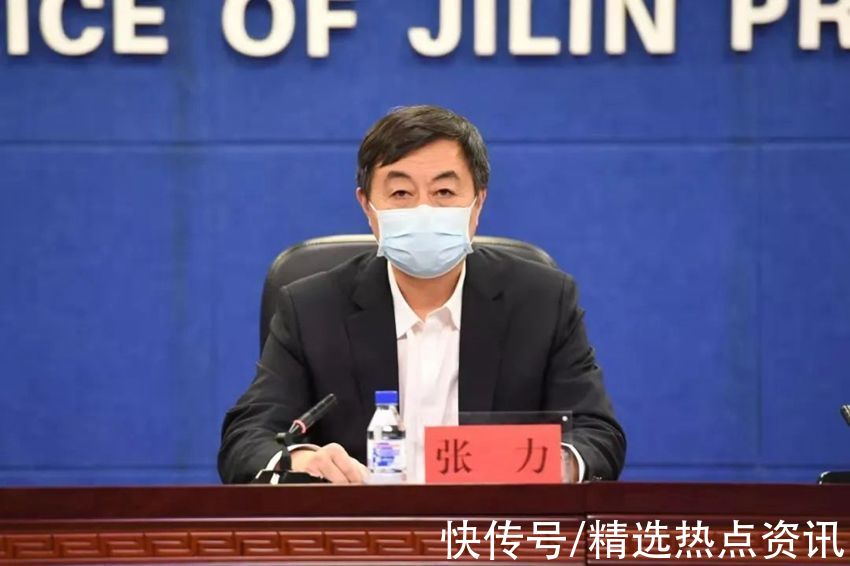Source: People’s Daily Online – Original Manuscript of Jilin Channel
People’s Daily Online, Changchun, March 15th (Li Siyue) Today, the Jilin Provincial Government Information Office held an epidemic prevention and control work in Jilin Province via video link At the 36th press conference, Zhang Li, deputy director of the Jilin Provincial Health Commission, introduced the latest situation of epidemic prevention and control.

Zhang Li, Deputy Director of Jilin Provincial Health Commission
Li Zhang introduced that Changchun and Jilin are rapidly advancing fixed-point and makeshift hospitals building. At present, Changchun and Jilin have completed the construction of 5 makeshift hospitals (1 in Changchun and 4 in Jilin), and vacated 7 medical institutions. There are currently 22,880 beds in the province. An expert inspection team is set up to carry out “one person, one policy” management for critically ill patients or high-risk patients screened in each designated and Fangcang shelter hospitals, especially key patients such as pregnant women, dialysis, and tumors. To strengthen the management of nosocomial feeling, experts from the national supervision team are invited to conduct nosocomial feeling training for medical staff and staff in designated hospitals, Fangcang shelter hospitals, and emergency treatment hospitals in the province, and deal with the problems that have been exposed as soon as possible.
In the next step, Jilin Province will make full use of resources such as party schools, schools, venues, hotels, etc., while rebuilding the venue, mobilizing medical care, and training personnel to ensure that the hospital is opened and staffed in place at the fastest speed. Safely transfer all existing positive cases to Fangcang shelter hospitals and designated hospitals for timely and effective treatment. Strengthen the construction of Fangcang shelter hospitals and centralized isolation points, and do a good job in preventing cold and warmth to prevent secondary problems.